Throughout history, military aviation has always fascinated and enthralled the public consciousness. Some aircraft have entered into legend, for a variety of reasons. The sleek beauty of the Supermarine Spitfire, the lethal menace of the Focke-Wulf FW 190, and the legendary speed of the de Havilland Mosquito are all rightly famed in the European theatre, but in the Pacific one name towers above all others in the mind’s eye. Possessed of a wide variety of evocative and often chilling nicknames – ‘Whistling Death’, the ‘Bent-Winged Bastard’, the ‘Ensign Eliminator’, and more besides – and boasting the longest production run of any American piston-engined fighter, as well as a truly enviable combat record, we are of course talking about the iconic Vought F4U Corsair!
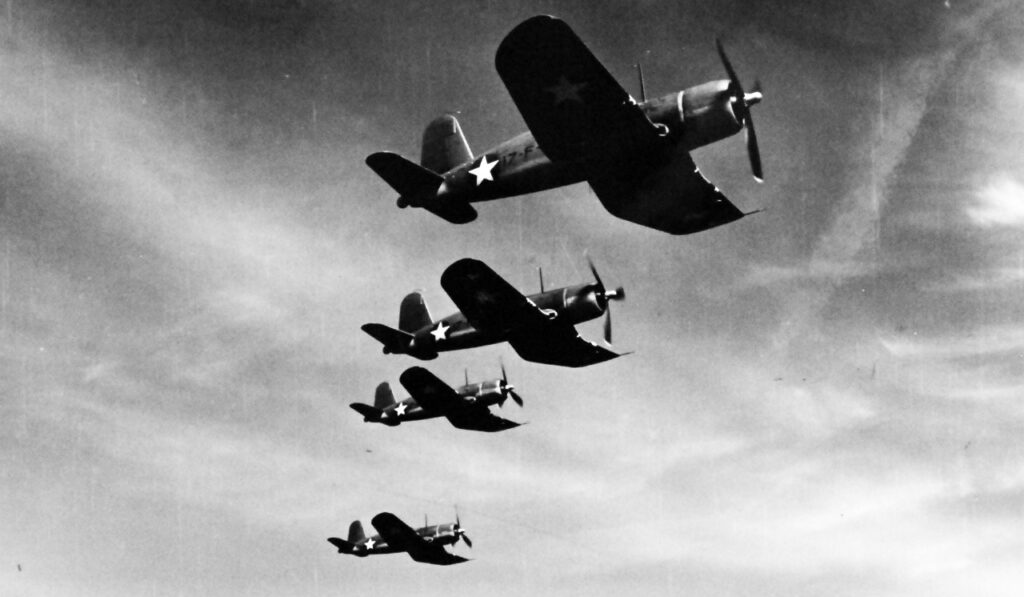
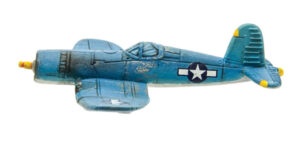
Arguably the most famous Second World War carrier fighter, the Corsair had a difficult early career. Developed between 1938 and 1941, the Corsair featured an ‘inverted gull wing’ design, allowing for a shorter undercarriage whilst still ensuring the massive propellor had sufficient ground clearance. The aircraft carried six of the powerful, proven Browning M2 .50cal machine guns, three in each wing, and was powered by the enormous Pratt & Whitney R-2800 Double Wasp radial engine, a rugged design capable of producing 2,000 horsepower. Combined with revolutionary construction methods used on the aluminium fuselage, and clean overall lines, Vought produced a rugged, dependable fighter with fantastic performance. On paper, this was exactly what the US Navy was looking for to replace the F4F Wildcat and complement the newly introduced F6F Hellcat. Unfortunately, the Corsair proved to be a serious challenge to land on aircraft carriers. The long nose and heavily-braced canopy made for awful forward visibility on landing, issues with the landing gear often caused the aircraft to bounce on impact, and the brutal torque from the Double Wasp, combined with a vicious stall characteristic of the left wing dropping without warning, could lead to almost instantaneous crashes in the case of a missed landing, particularly at slower speeds and in the hands of an inexperienced pilot.
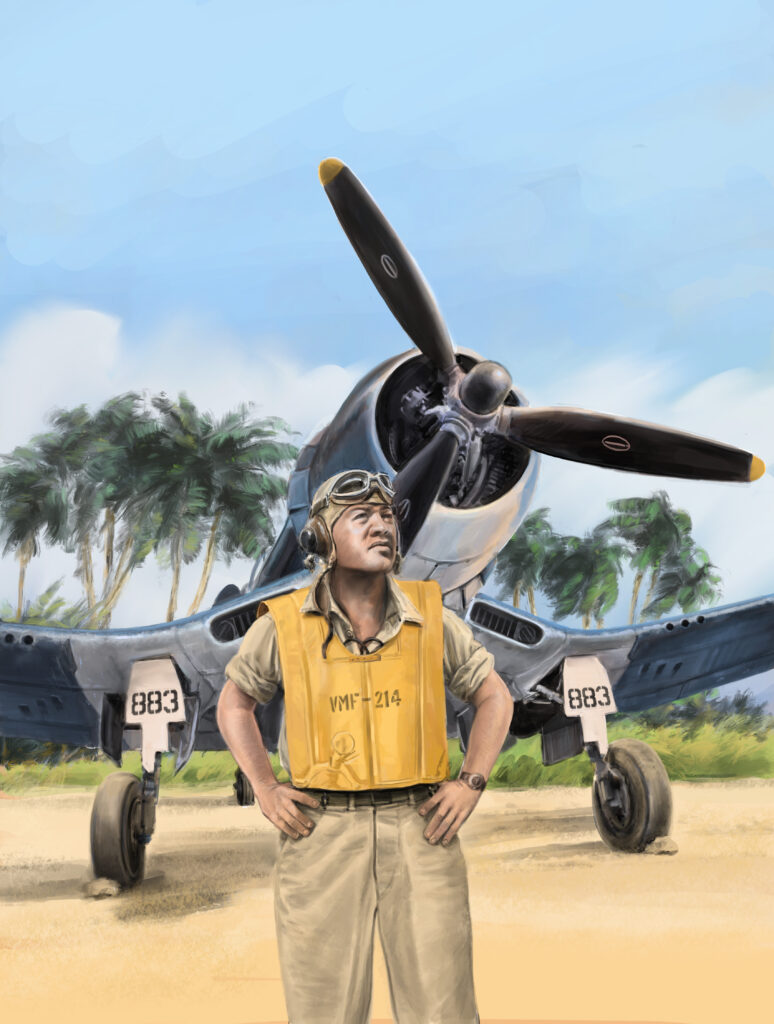
While some of these issues would be worked on by Vought during the testing period, when the Corsair entered US service in 1942 it was quickly relegated to shore duty, with commanders citing supply chain issues alongside the handling characteristics. Operating mostly from island airstrips, the US Marine Corps were the first enthusiastic operators of the type, modifying their Corsairs to carry rockets and bombs to operate as close air support platforms as well as fighters. Second Lieutenant Kenneth A. Walsh of VMF-124 ‘Wild Aces’ became the first Corsair ace in May of 1943.
Interestingly, the first major carrier service for the F4U came not with the United States, but the British Royal Navy’s Fleet Air Arm. Desperate for modern naval fighters to replace the outdated Blackburn Skua and Fairey Fulmar, and never fully satisfied with the performance of the Sea Hurricane and Seafire conversions, the British set about improving the Corsair’s deck-landing characteristics, fitting a ‘bulged’ canopy and raising the pilot’s seat to improve visibility. They also ‘clipped’ the wingtips down in length to allow them to fit into the hangars of smaller British carriers, which had the helpful side-effect of increased manoeuvrability. In this configuration the Corsair served in both Europe and the Pacific, gaining a reputation as an effective aircraft. While accidents did occur, the Royal Navy persevered, and their improvements combined with the work being done in the US at last produced an aircraft the US Navy could accept for carrier service. This finally began en masse in April 1944, from which time the Corsair was firmly a carrier aircraft.
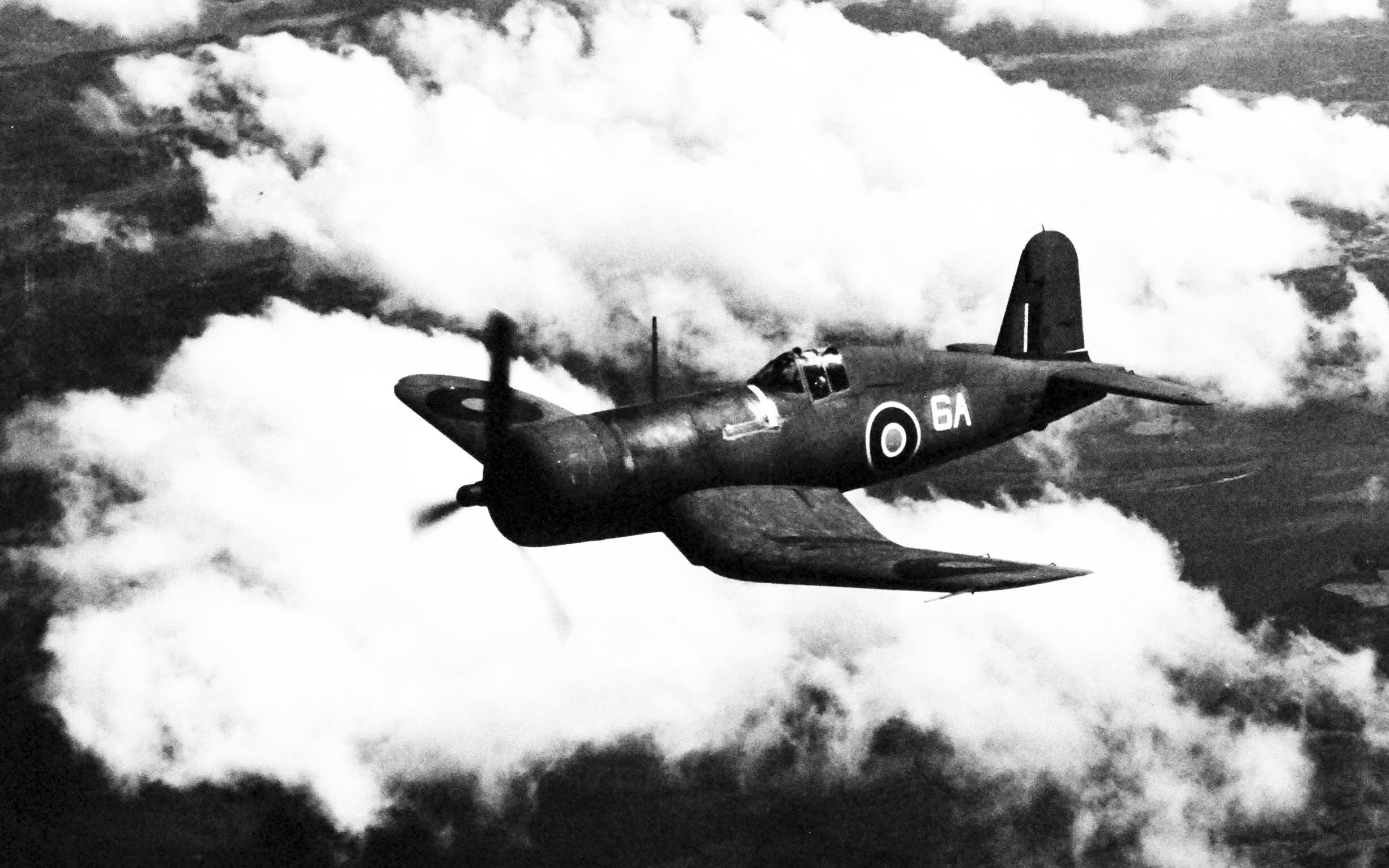
At the end of the Second World War, the Corsair had proven itself one of the most effective naval fighters of the conflict, despite the fact that fewer than 20 percent of total combat sorties were actually flown from carriers! Boasting an impressive kill:loss ratio of 11:1 in favour, the type had proven more than a match for the Japanese Zeroes it so often fought, and although some of the more impressive victory numbers can be attributed at least partially to the increasing Allied air superiority after the Battle of Midway, there can be no doubt that, in the hands of a skilled pilot, it was a reliable and deadly machine. The increasing ability of the Corsair to carry significant air-to-ground ordnance was likely what saved it from the fate of many other late-war piston-engined stalwarts, which were being scrapped and cancelled left and right as the jet age arrived.
Operated in significant numbers in Korea as the much-upgraded AU-1 model, particularly by the Marines (as seen in the 2022 film Devotion, a must-see for anyone interested in Korean War aviation or the Corsair), it served without much glamour but to great effect, deploying cannon, rockets, bombs, and napalm against enemy positions. While by this stage thoroughly outclassed by the MiG-15 jet fighter, Corsairs were still dangerous adversaries, as demonstrated by Lieutenant Guy Bordelon of VC-3, the only US Navy ace of the war. Elsewhere in the world, the French Navy utilised Corsairs heavily, with the last example being produced for them in 1953. These saw service in Indochina, Algeria, Tunisia, and over the Suez, with many subsequently being sold to a wide variety of other nations. The last combat use came in the 1969 ‘Football War’ between Honduras and El Salvador, being used by both sides. Ironically, it is likely that the final kill by a Corsair was another Corsair!
As befits such an icon of naval aviation, the Corsair is featured heavily in Blood Red Skies. Boasting a Firepower and Agility each of 2, and an excellent Speed of 9, along with the Great Dive and Robust traits (with the new Wing Commander supplement adding alternative profiles for the F4U-1 and U-5), the Corsair is a great choice for any US squadron leader. Combined with an Ace like Philip Kirkwood (12 victories) or Gregory ‘Pappy’ Boyington (26 victories), or even one of your own creation (secretly we all wish we were fighter pilots, let’s be honest!), a Corsair squadron can be a devastating force on the tabletop. Using their speed to get into and out of combat quickly, they can dish out a serious beating, and take one in return. While their most common opponent is of course the Zero, they could just as easily be on British convoy escort duty against German raiders, or even mixing it up with the jets in the skies over Korea – there are loads of possibilities, meaning loads of cool paint schemes and markings to try out! For those looking for something a bit unique, you can cut about a millimetre off the end of each wingtip and square them off for the classic Fleet Air Arm ‘clipped-wing’ look, which is a personal favourite of mine!
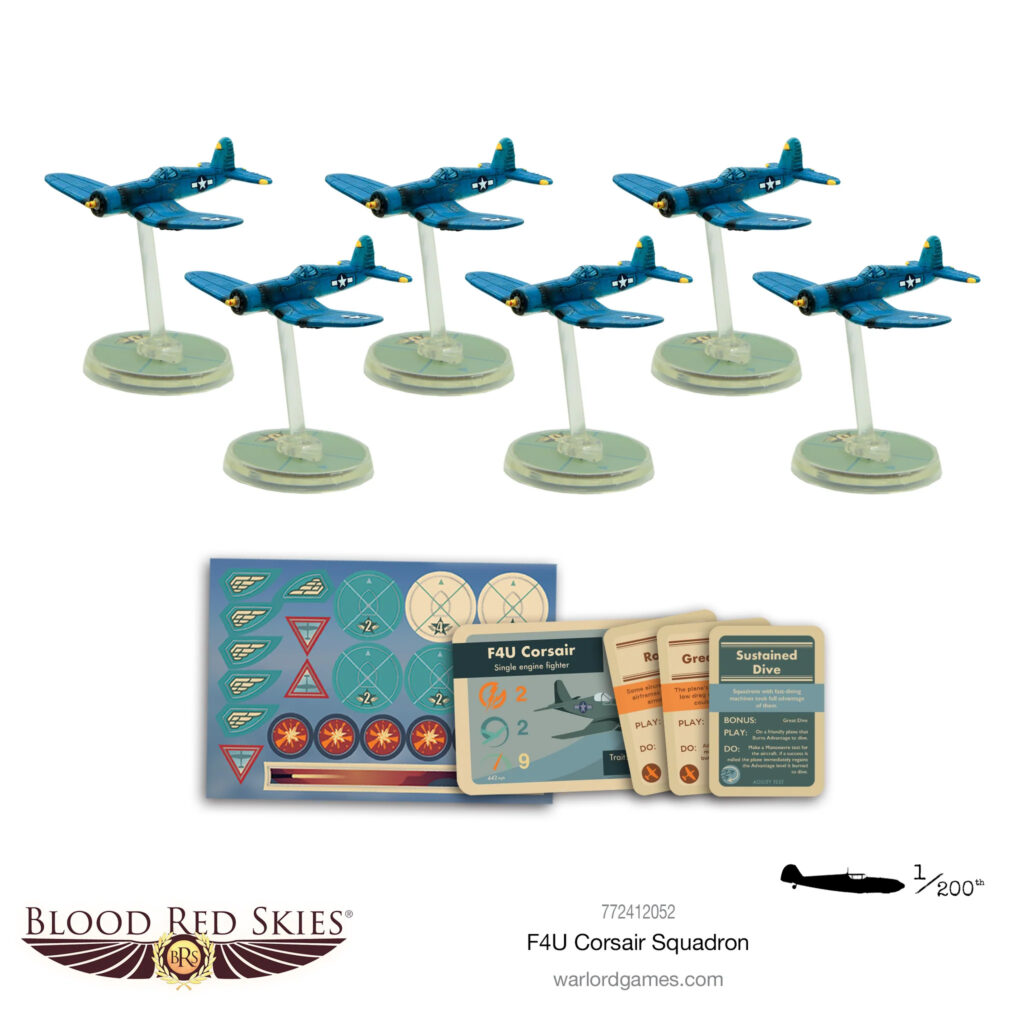
The Vought F4U Corsair is also available for the naval wargames Victory at Sea and Cruel Seas:
Other articles in the Forces of Fame Series:
Bolt Action – The Tiger I; Princess Elizabeth (Jubilee Special); Japanese Special Naval Landing Force; M18 Hellcat; Centurion Mk III; British Airborne; M4A3E8 Sherman ‘Easy Eight’; German Fallshirmjäger;
Blood Red Skies – Messerschmitt Bf 110; Ki-43 II ‘Oscar’; Grumman F9F Panther;
Victory at Sea – The Bismarck; Fletcher-Class Destroyers; Kongō; Yamato-class Battleships;
Pike & Shotte (& Pike & Shotte Epic Battles) – Cuirassiers; Polish Winged Hussars; Dragoons;
Black Powder (& Black Powder Epic Battles) – The Iron Brigade; 95th Rifles; Zulus;
Black Seas – HMS Victory;
Hail Caesar / SPQR – Dacian Falxmen; Hoplites;
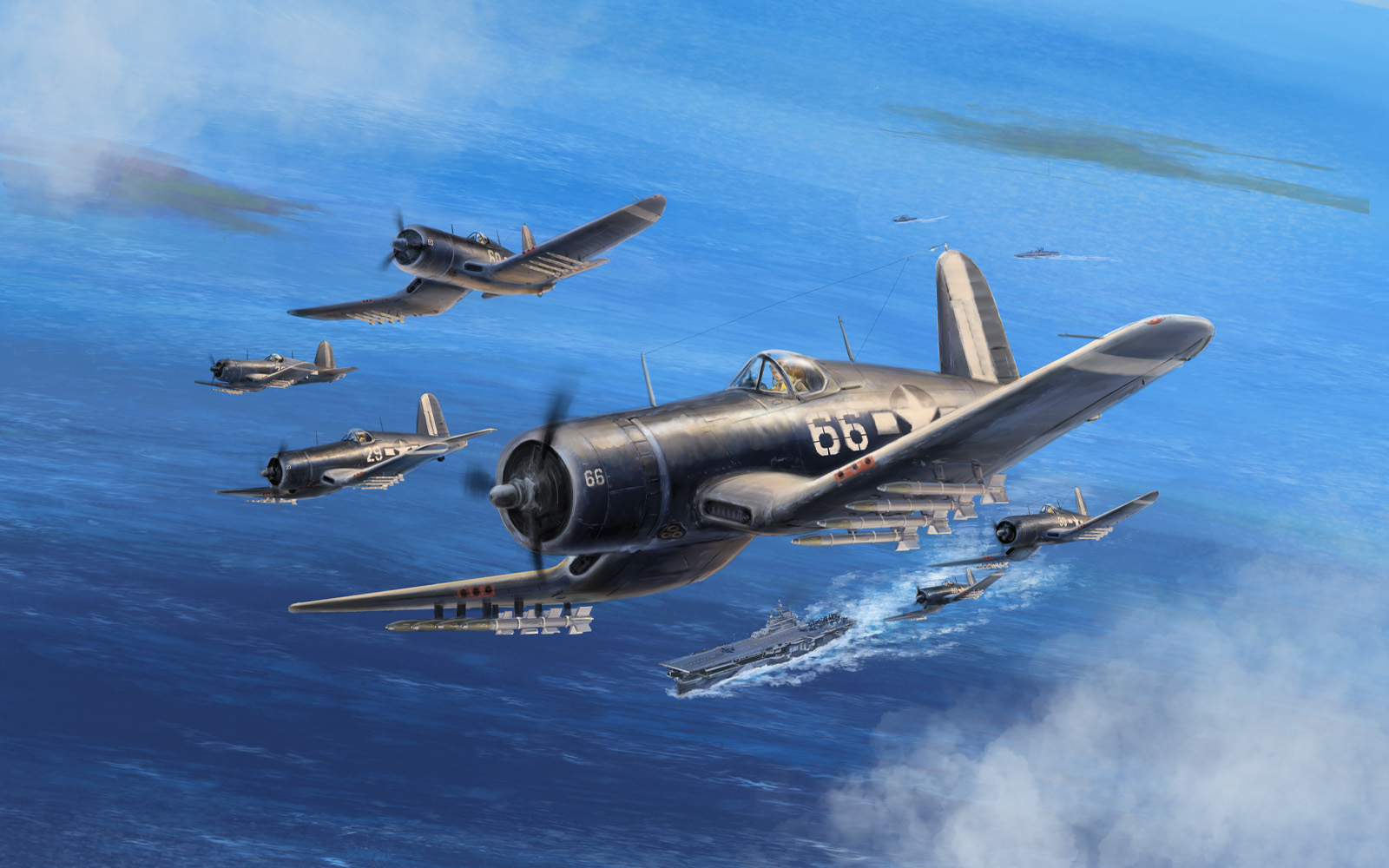
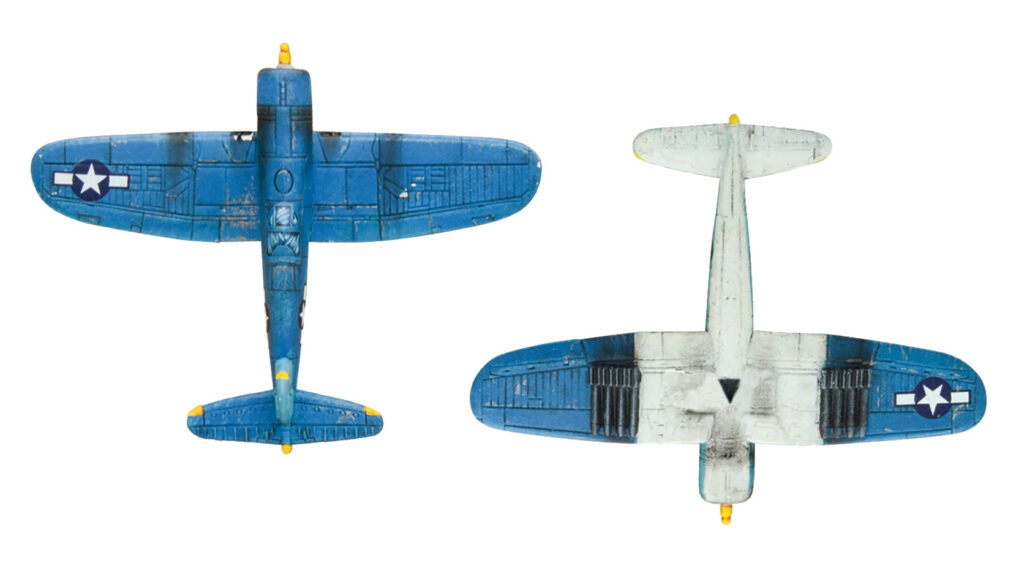
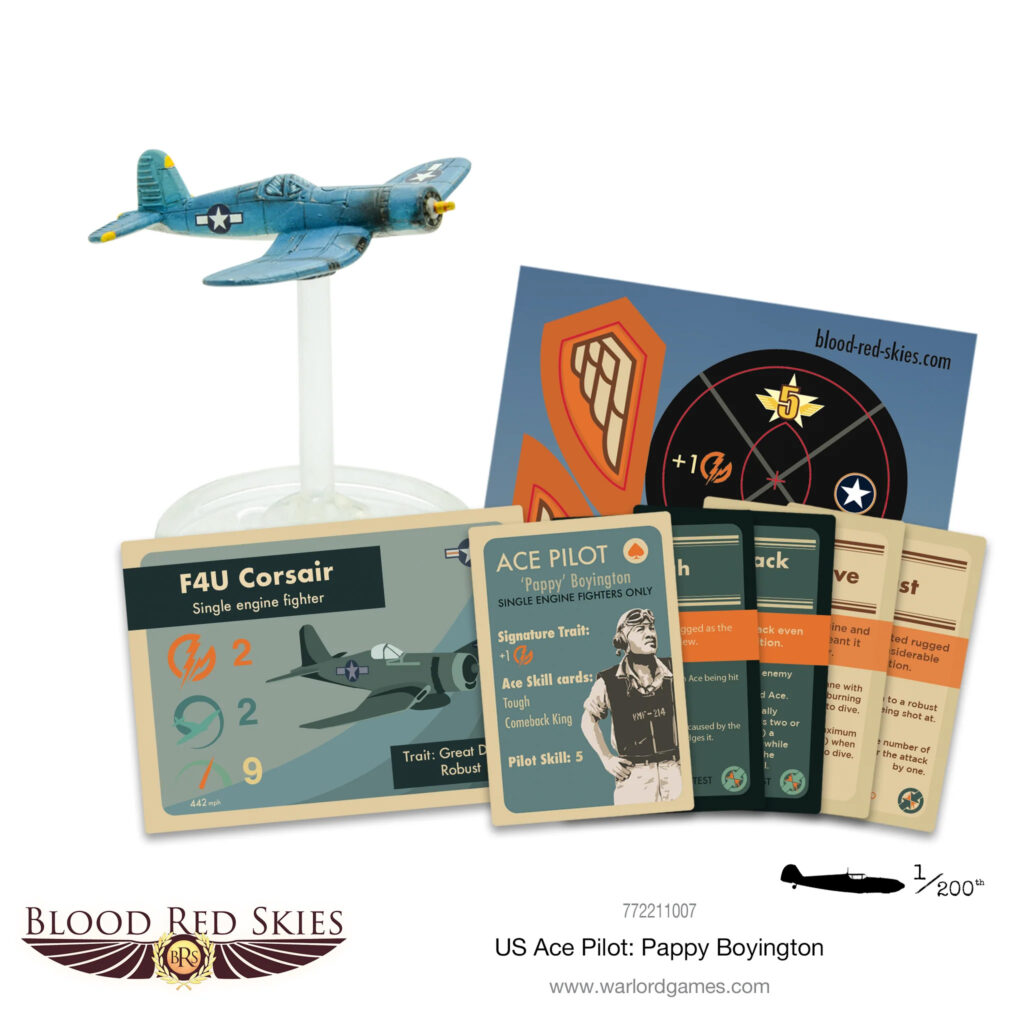
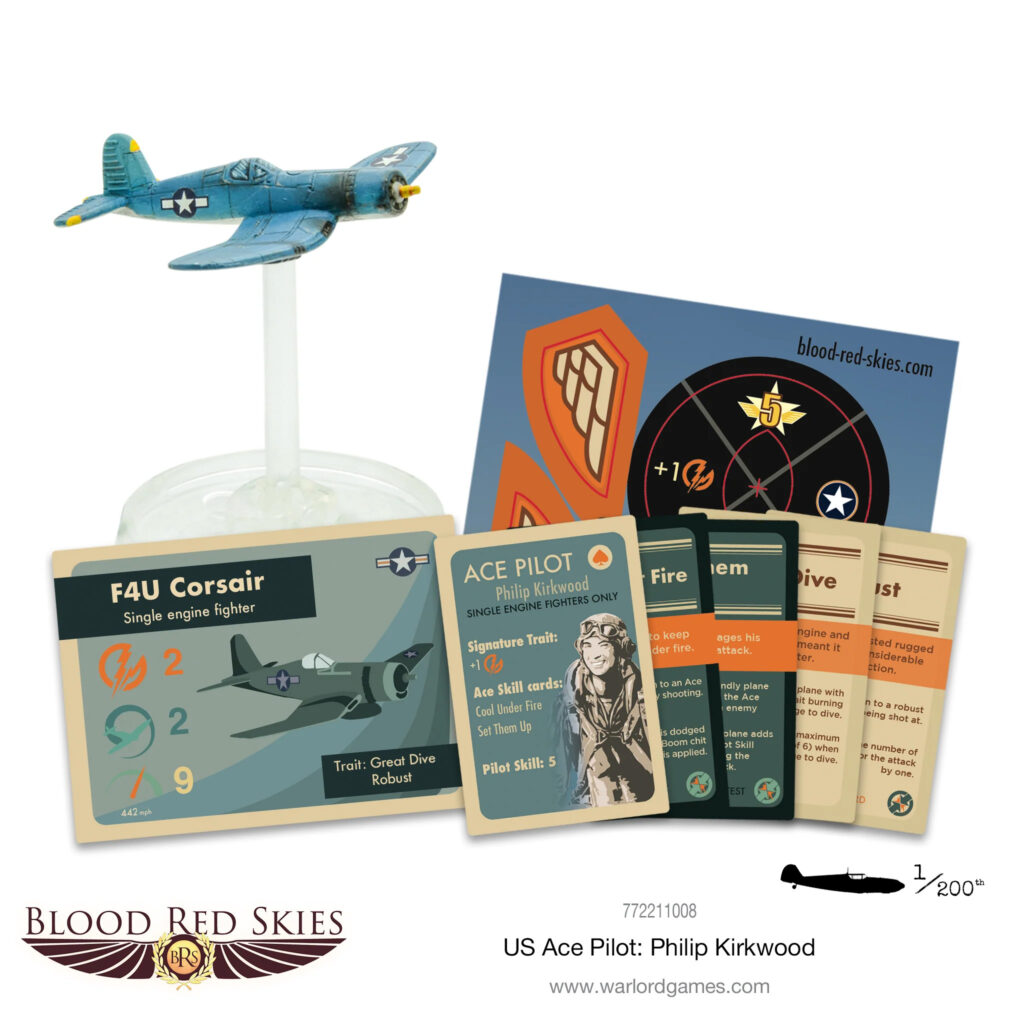
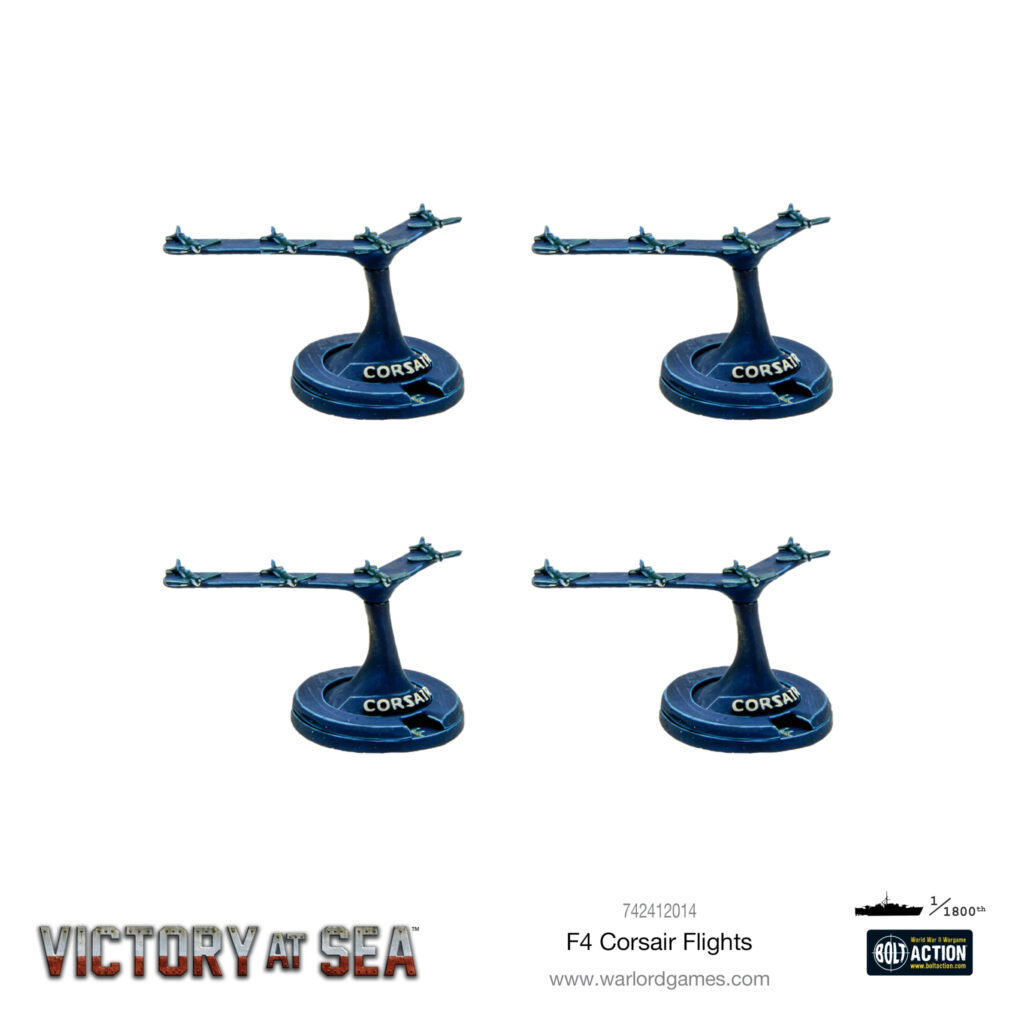
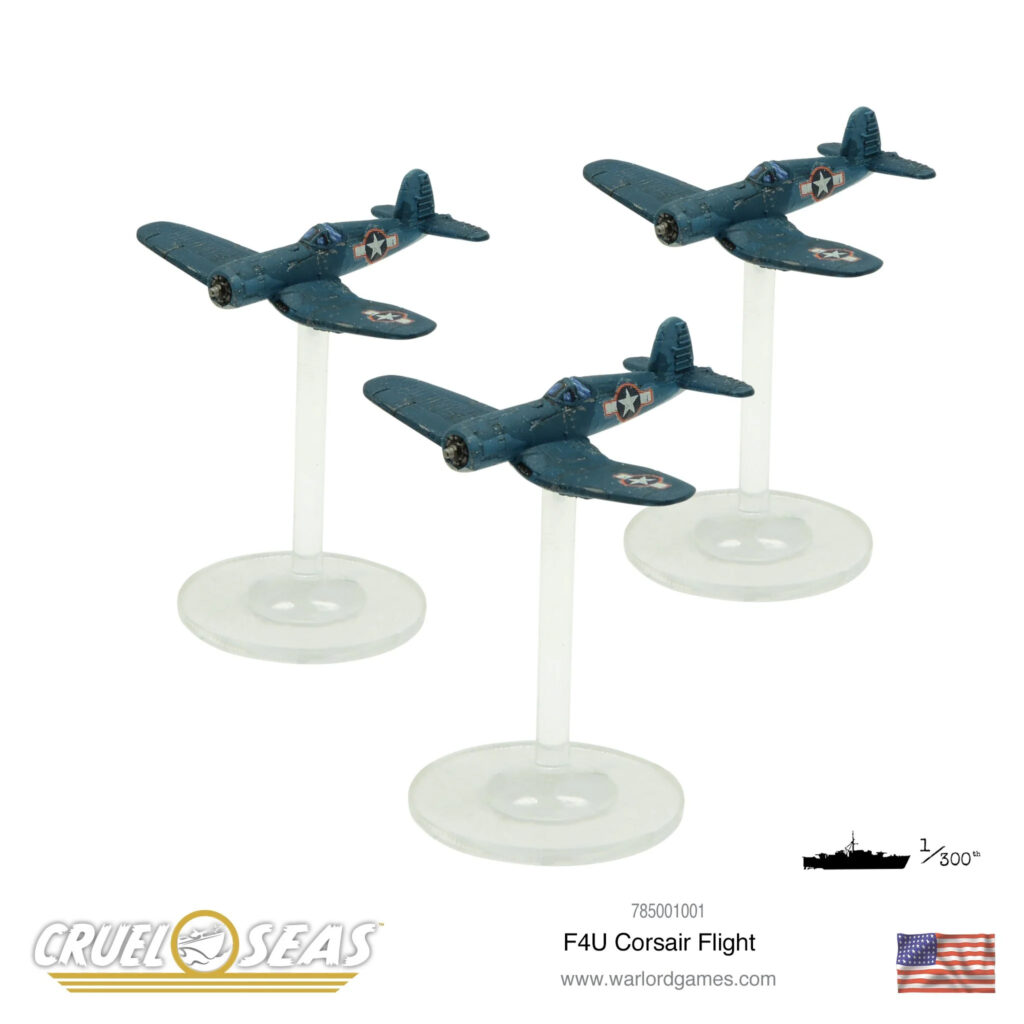
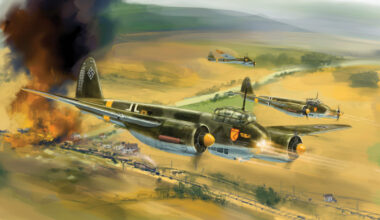
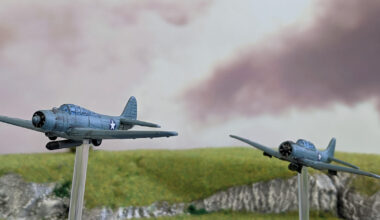
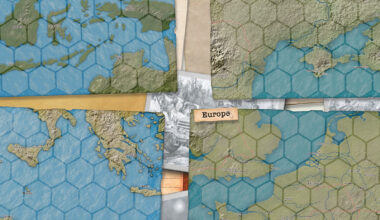
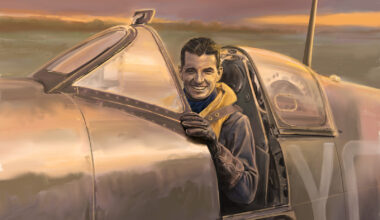
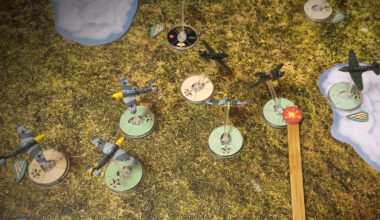
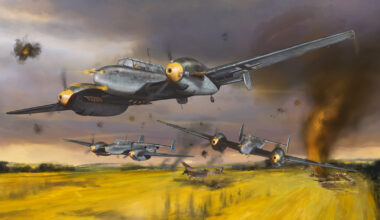
1 comment
Respectfully, it is Gregory Boyington and Guy Bordelon. Heroic Corsair pilots well worth getting their names correct.
Comments are closed.